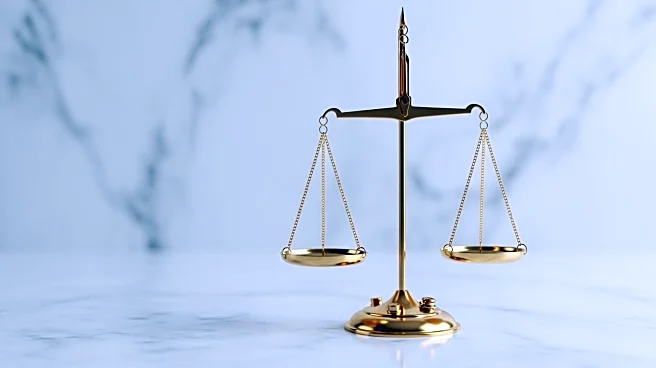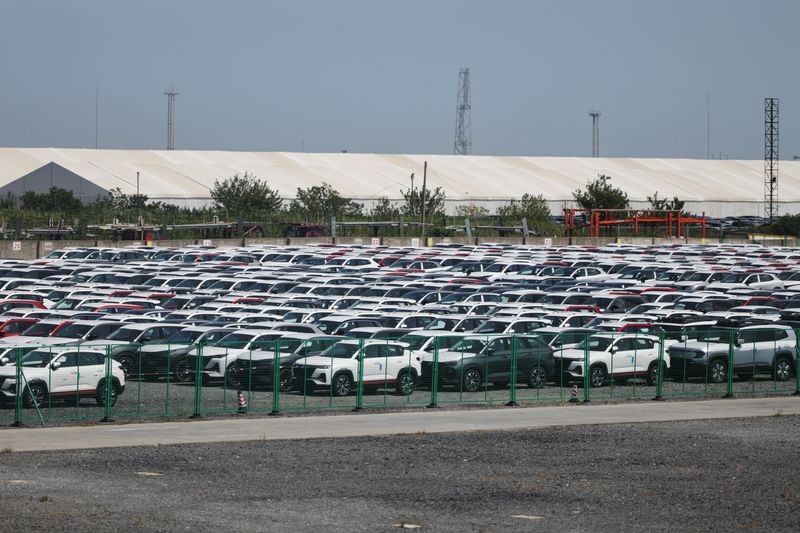What's Happening?
President Trump faces a potential setback as the Supreme Court reviews the legality of his worldwide import tariffs. Despite skepticism from the justices, Trump has several options to continue imposing
tariffs. These include using Section 122 of the Trade Act of 1974, which allows tariffs of up to 15% for 150 days without investigation, and Section 338, which permits tariffs of up to 50% on imports from countries discriminating against U.S. businesses. Trump has previously utilized Section 301 to impose tariffs on China, citing unfair trade practices. These strategies highlight Trump's commitment to using tariffs as a cornerstone of his foreign policy.
Why It's Important?
The outcome of the Supreme Court case could have significant implications for U.S. trade policy and international relations. If the court rules against Trump, it may limit his ability to unilaterally impose tariffs, potentially easing trade tensions with affected countries. However, Trump's alternative strategies suggest that tariffs will remain a key tool in addressing trade imbalances and protecting U.S. industries. This could lead to continued economic strain on countries facing U.S. tariffs and impact global trade dynamics. Businesses and consumers may experience changes in pricing and availability of imported goods, influencing economic conditions domestically.














